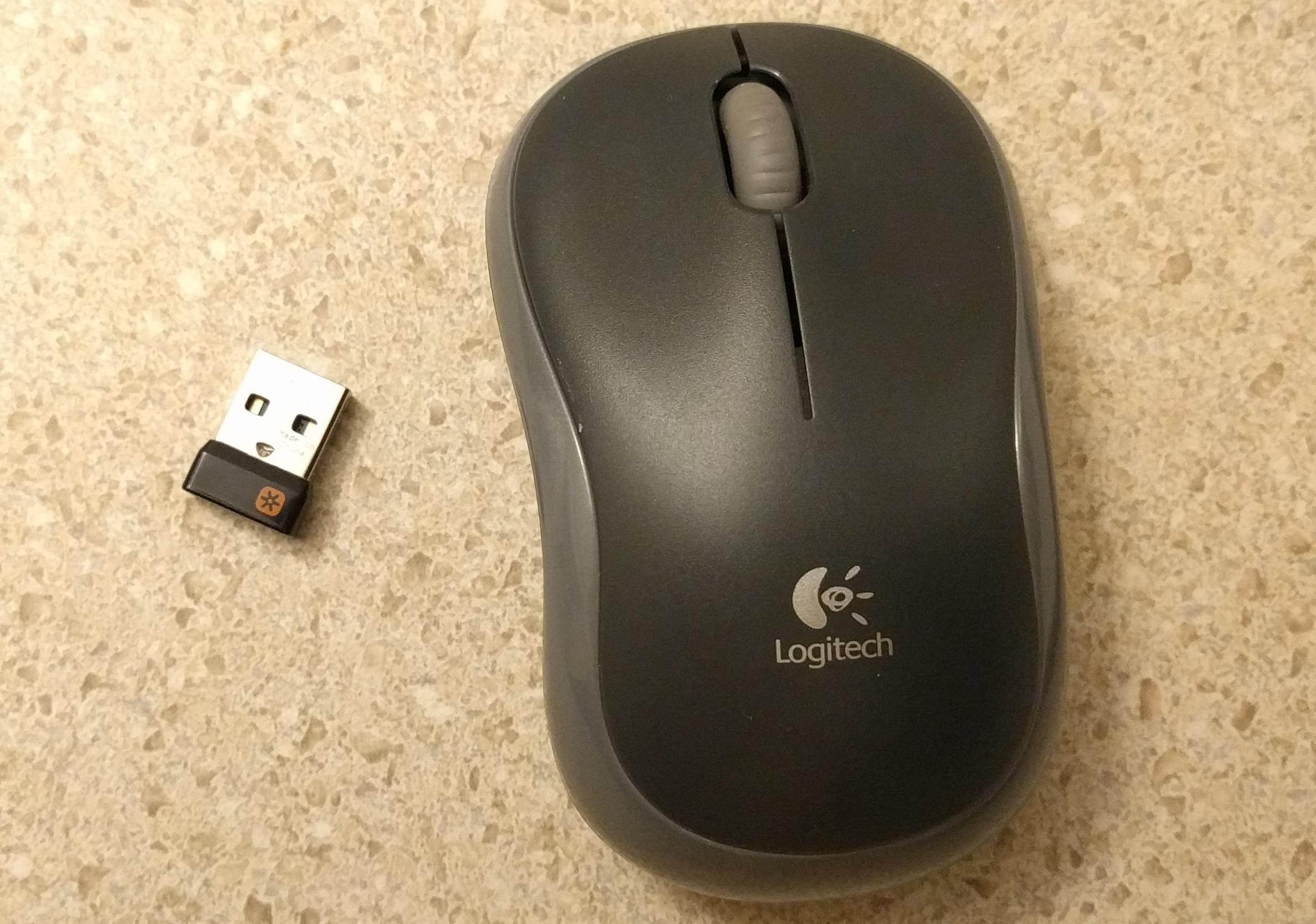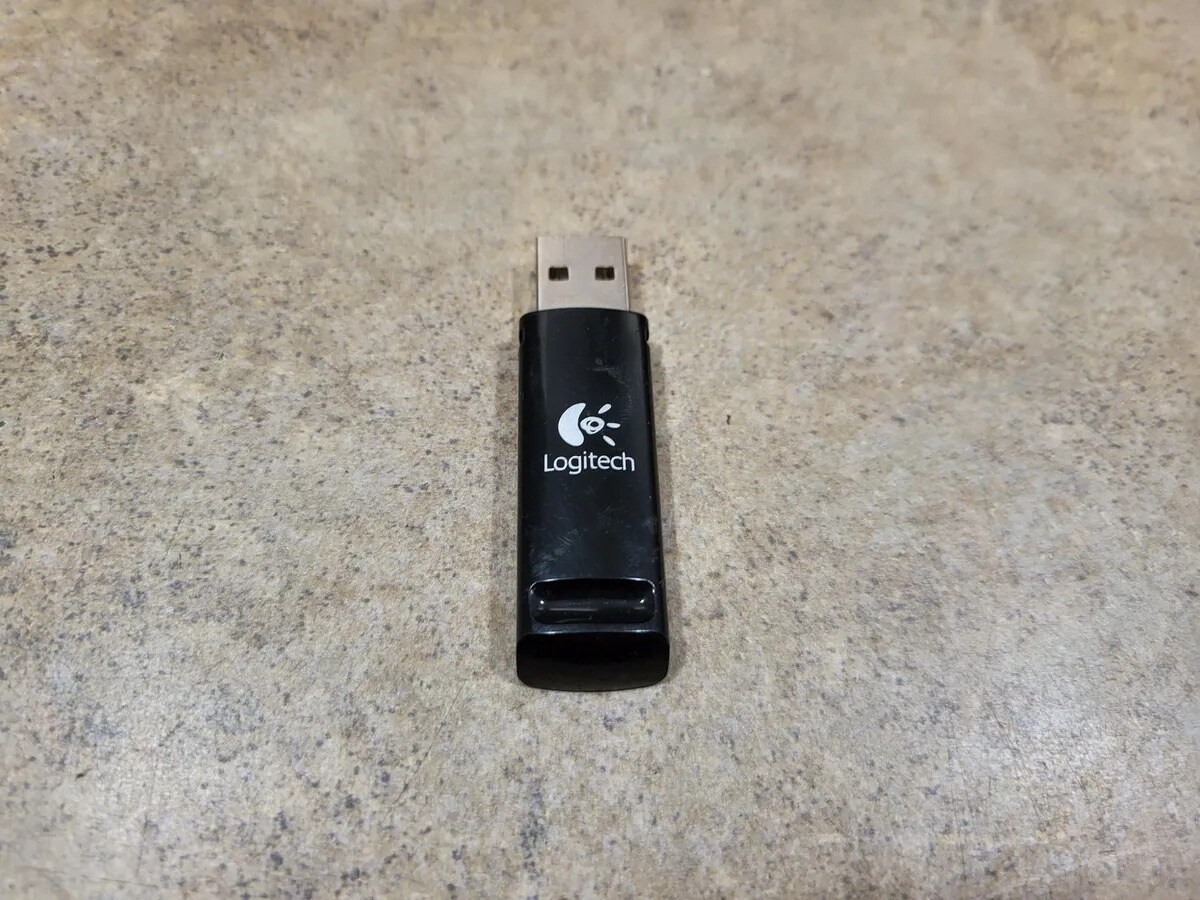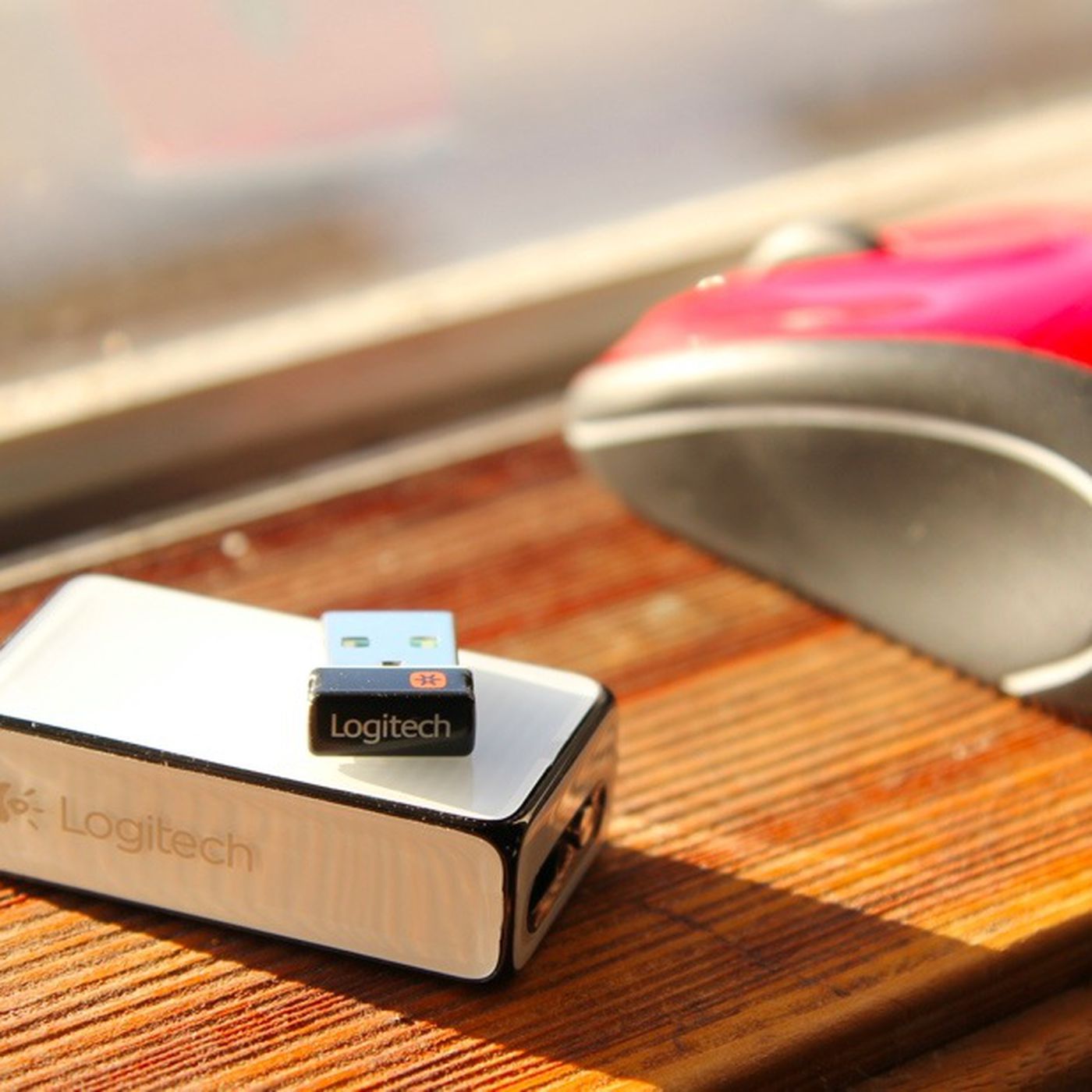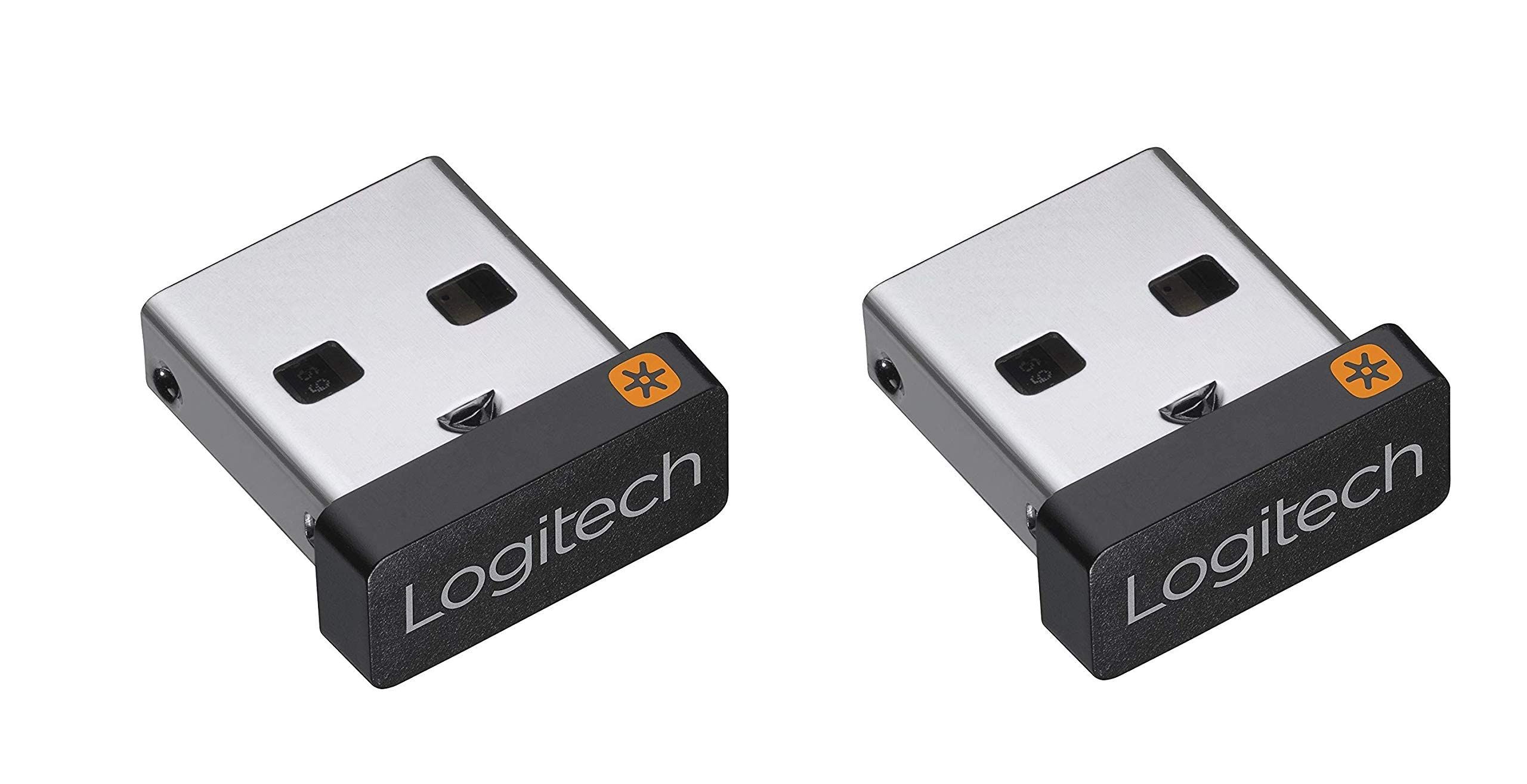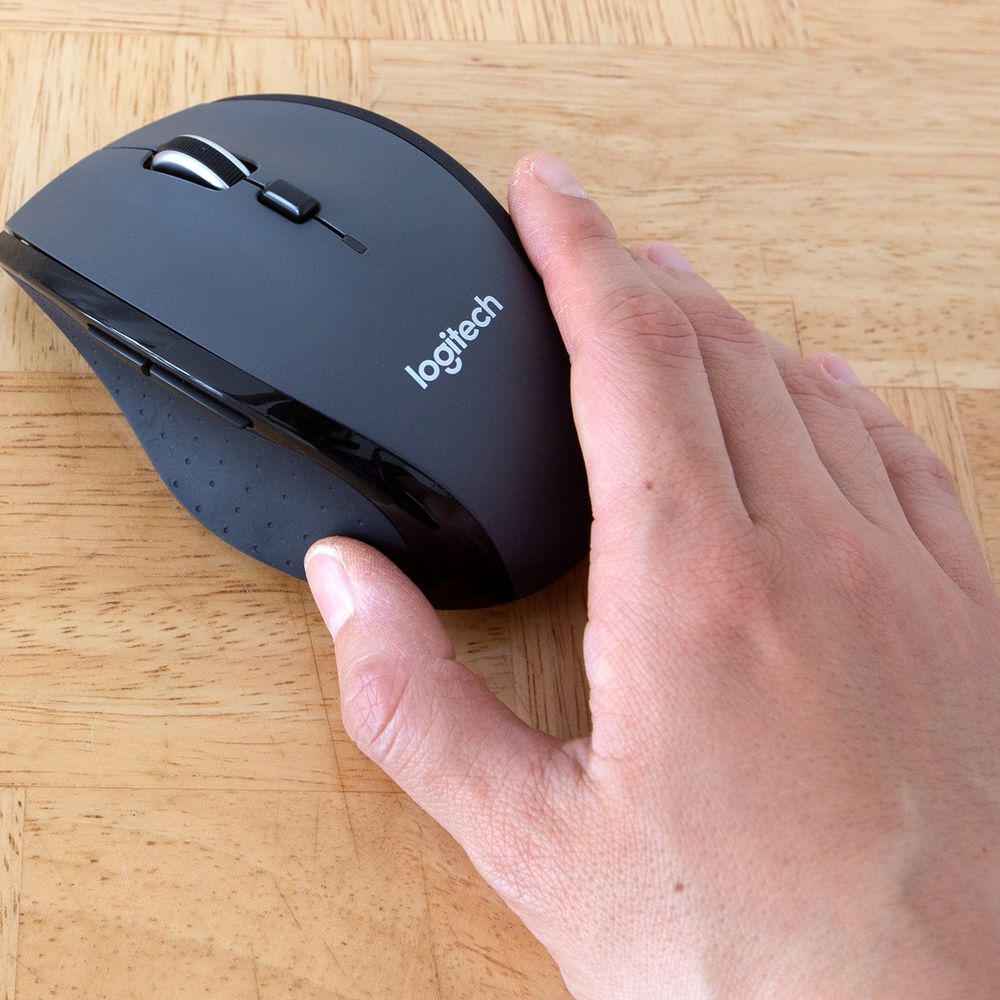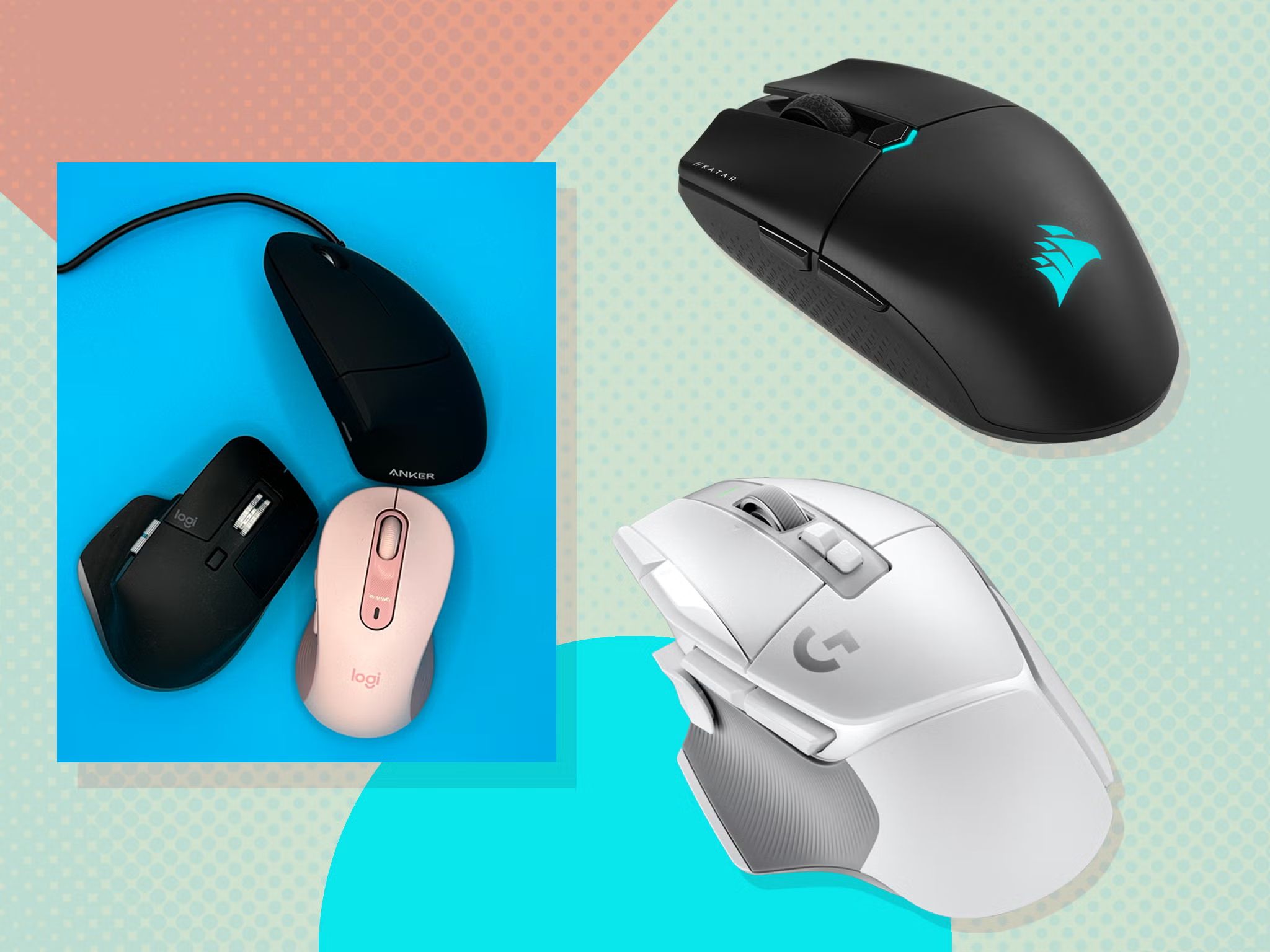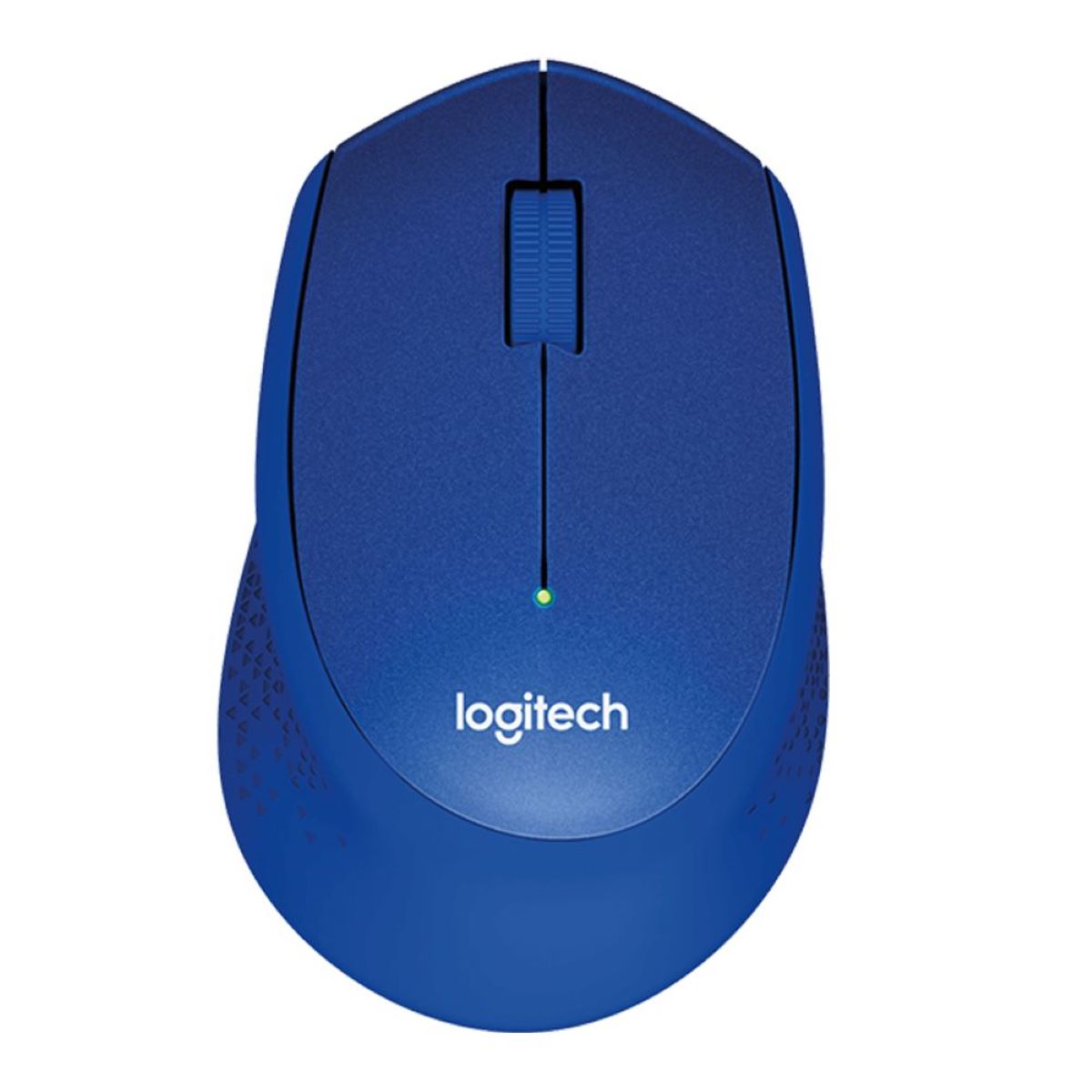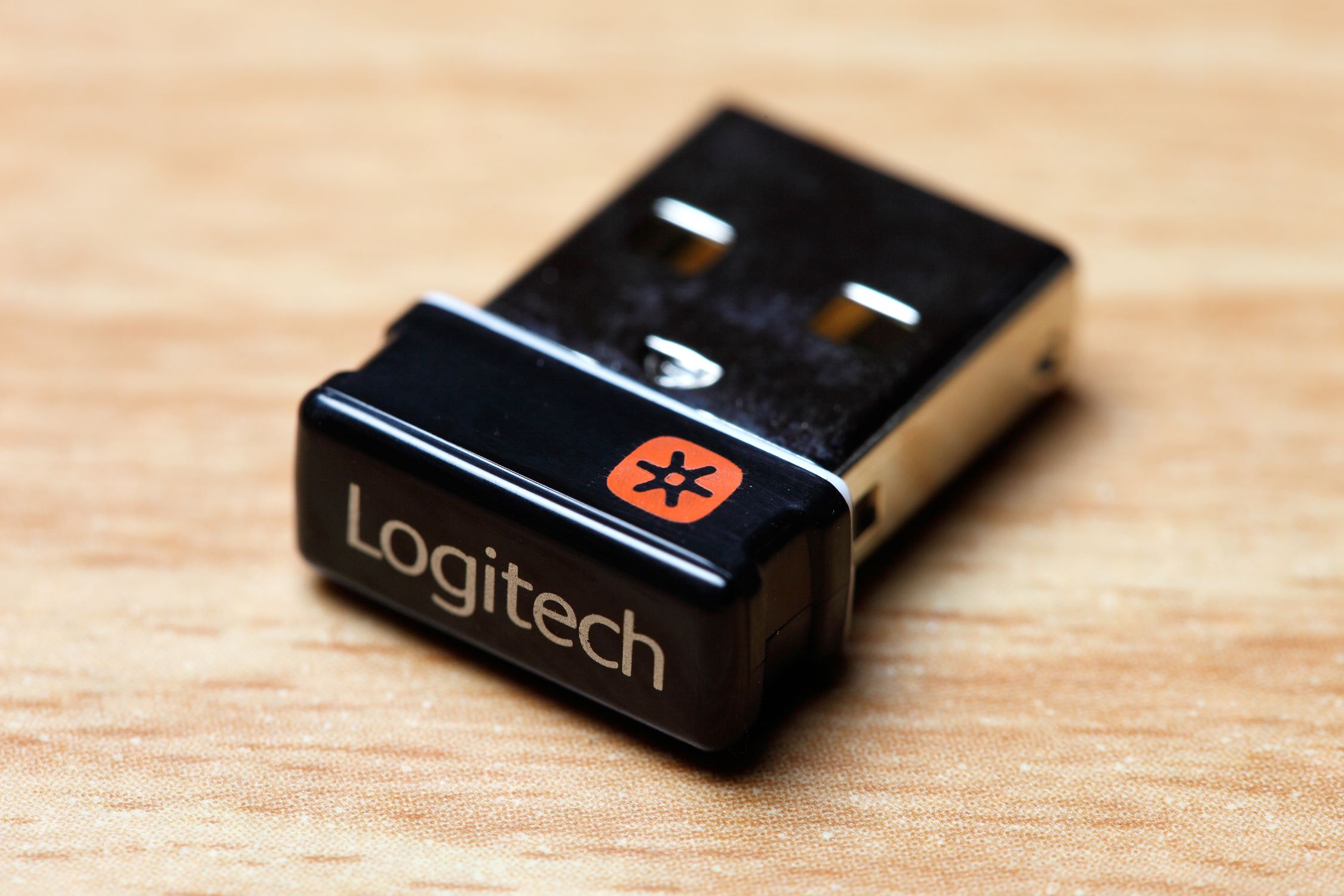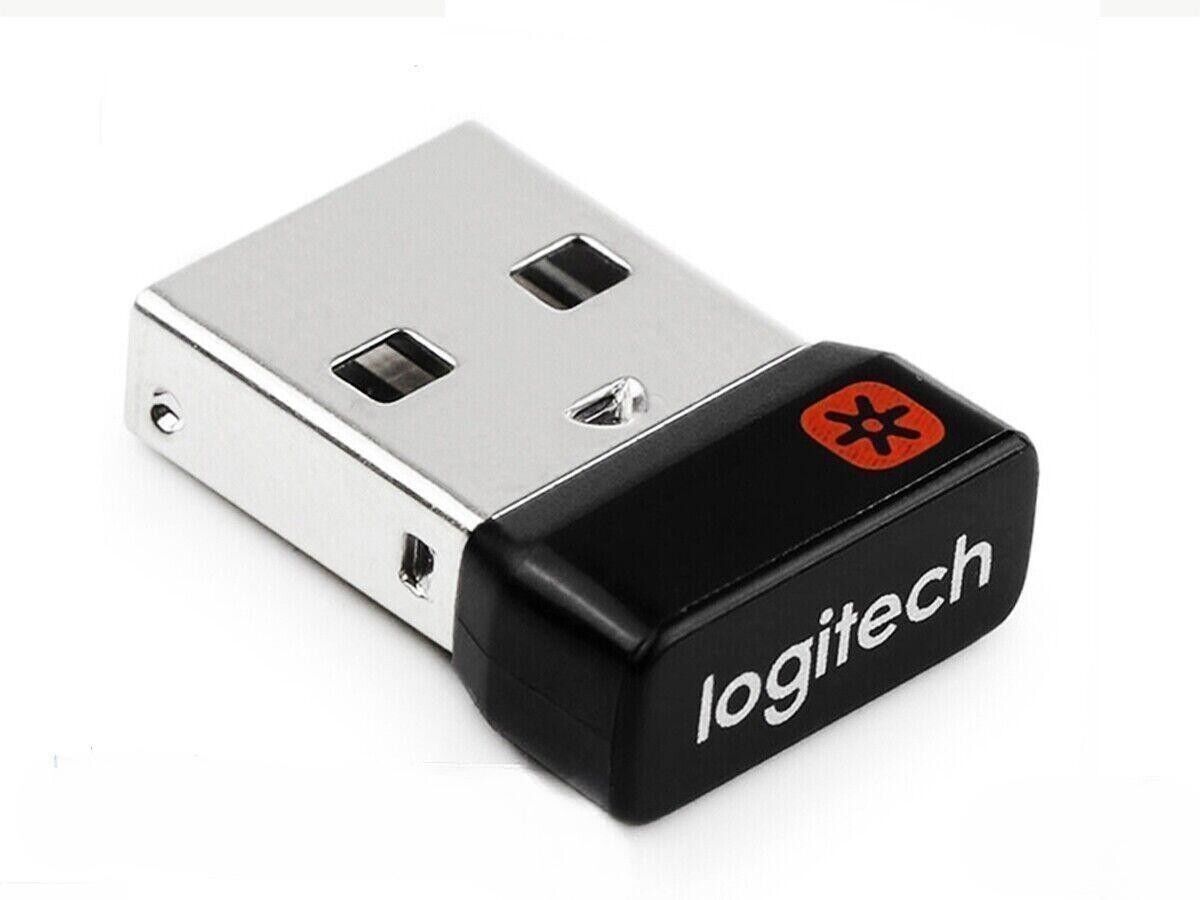Introduction
Are you in the process of setting up a new receiver for your Logitech mouse? Maybe you’ve lost the original receiver or you simply want to replace it with a new one. Whatever the reason, syncing your Logitech mouse to a new receiver is a straightforward process that can be done in just a few simple steps.
Logitech is a well-known brand in the world of computer peripherals, and their mice are designed to provide a seamless and smooth user experience. When it comes to syncing your Logitech mouse to a new receiver, you may need to follow a specific procedure to ensure a successful connection.
In this guide, we will walk you through the step-by-step process of syncing your Logitech mouse to a new receiver. Whether you have a wireless or a Bluetooth-enabled Logitech mouse, we’ve got you covered. By the end of this article, you’ll have your mouse up and running with the new receiver.
Before we dive into the steps, it’s important to mention that the process may vary slightly depending on the model of your Logitech mouse and receiver. However, the general principles outlined in this guide should apply to most Logitech mouse models.
Now, let’s get started and learn how to sync your Logitech mouse to a new receiver!
Step 1: Prepare the new receiver
Before you can begin the process of syncing your Logitech mouse to a new receiver, you need to ensure that the receiver is ready to establish a connection. Here’s what you need to do:
- Locate the new receiver: If you haven’t already done so, find the new receiver that you want to use with your Logitech mouse. It typically comes in the form of a small USB dongle or a Bluetooth receiver.
- Check the compatibility: Ensure that the new receiver is compatible with your Logitech mouse model. Check the user manual or the Logitech website for any specific compatibility requirements or recommendations.
- Charge or insert batteries: If your Logitech mouse is battery-powered, make sure you have fresh batteries inserted. If it’s rechargeable, ensure that the battery is fully charged before proceeding.
- Clear the receiver slot: If you’re replacing the receiver, you will need to remove the old receiver from its slot, ensuring that there are no obstructions that could interfere with the connection to the new receiver.
By following these steps, you are now ready to move on to the next stage of the syncing process. It is essential to complete this step correctly to ensure a smooth and successful connection between your Logitech mouse and the new receiver.
Step 2: Connect the new receiver to your computer
With the new receiver prepared, it’s time to establish a connection between the receiver and your computer. The steps may vary depending on the type of receiver you have, so make sure to follow the specific instructions provided with your Logitech mouse. Here’s a general guide for connecting the new receiver:
- Insert the receiver: If you have a USB receiver, locate an available USB port on your computer and insert the receiver into it. Ensure that the receiver is securely plugged in.
- Enable Bluetooth (if applicable): If you have a Bluetooth receiver, ensure that Bluetooth is enabled on your computer. You can usually find the Bluetooth settings in the System Preferences (on Mac) or the Control Panel (on Windows).
- Wait for the computer to recognize the receiver: Once the receiver is connected, give your computer a moment to recognize it. It may take a few seconds for the drivers to be installed automatically.
At this point, the new receiver should be successfully connected to your computer. However, remember that the syncing process is not yet complete. In the next step, we will put your Logitech mouse into pairing mode so that it can establish a connection with the new receiver.
Step 3: Put your mouse in pairing mode
Before your Logitech mouse can establish a connection with the new receiver, you need to put it into pairing mode. The exact method may vary depending on the model of your Logitech mouse, so refer to the user manual if you’re unsure. Here’s a general guide for putting your mouse in pairing mode:
- Turn on your mouse: If your Logitech mouse has an on/off switch, make sure it is turned on. If it’s a Bluetooth mouse, ensure that it’s powered on and ready to pair.
- Locate the pairing button: Look for a button on the mouse that is specifically marked for pairing or connecting. It is usually located on the bottom or the side of the mouse. If you’re unable to find the button, refer to the user manual for guidance.
- Press and hold the pairing button: Press and hold the pairing button for a few seconds until you see a light indicator on the mouse start blinking. This indicates that the mouse is now in pairing mode and ready to establish a connection.
By following these steps, you have successfully put your Logitech mouse into pairing mode. With the mouse ready, it’s time to move on to the next step and complete the syncing process with the new receiver.
Step 4: Pair your mouse with the new receiver
Now that your Logitech mouse is in pairing mode, it’s time to establish a connection between the mouse and the new receiver. Follow these steps to pair your mouse with the new receiver:
- Press the connect button on the receiver: On the new receiver, locate the connect button, which is usually located on the top or the side. Press and hold the button until the light indicator starts blinking.
- Keep the mouse close to the receiver: Place your Logitech mouse close to the receiver to ensure a strong and reliable connection.
- Press the connect button on the mouse: On your Logitech mouse, locate the connect button, typically found on the bottom or the side. Press and hold the button until the light indicator starts blinking.
- Wait for the connection to establish: Give the mouse and the receiver a moment to establish a connection. Once the connection is established, the light indicator on both the mouse and the receiver should stop blinking and remain solid.
After following these steps, your Logitech mouse should now be successfully paired with the new receiver. You can now start using your mouse with the new receiver and enjoy a seamless experience.
Note that some Logitech mice may have additional steps or require specific software to complete the pairing process. Refer to the user manual or the Logitech website for any model-specific instructions or troubleshooting tips.
Step 5: Test the connection
After successfully pairing your Logitech mouse with the new receiver, it’s important to test the connection to ensure everything is functioning properly. Here are some steps to test the connection:
- Move the mouse cursor: Move your Logitech mouse and check if the cursor on your computer screen responds accordingly. Ensure that the mouse movements are smooth and precise.
- Click the mouse buttons: Test each button on your Logitech mouse, including the primary left and right buttons, as well as any additional buttons that may be present. Make sure they register clicks accurately.
- Scroll wheel (if applicable): If your Logitech mouse has a scroll wheel, test its functionality by scrolling up and down on a webpage or document. Ensure that the scrolling is smooth and responsive.
- Additional features (if applicable): If your Logitech mouse has special features such as back/forward buttons or customizable settings, test them to ensure they work as expected.
- Test the wireless range (if applicable): If you have a wireless Logitech mouse, move away from the computer and test the mouse’s functionality over different distances to check the wireless range. Ensure that there is no loss of connection or erratic behavior.
By testing the connection and ensuring that all the mouse functions are working properly, you can be confident that the pairing process was successful. If you encounter any issues or notice any irregularities, refer to the troubleshooting tips section or consult the Logitech support website for assistance.
Now that you have tested the connection and confirmed that your Logitech mouse is working with the new receiver, you can start enjoying a smooth and seamless user experience.
Troubleshooting tips
While syncing your Logitech mouse to a new receiver is generally a straightforward process, you may encounter occasional issues. Here are some troubleshooting tips to help resolve common problems:
- Ensure compatibility: Double-check that the new receiver is compatible with your Logitech mouse model. Using an incompatible receiver can lead to connectivity issues.
- Restart your computer: Sometimes, a simple computer restart can resolve connectivity problems. Try restarting your computer and see if the mouse connects properly afterward.
- Reset the receiver and mouse: If the connection is still not working, try resetting both the receiver and the Logitech mouse. Refer to the user manual for specific instructions on how to reset your devices.
- Remove interference: Wireless devices like routers or cordless phones can cause interference with the mouse signal. Move these devices away from the mouse and receiver to improve the connection.
- Replace batteries (if applicable): If your Logitech mouse is battery-powered, check if the batteries are low. Replace them with fresh ones to ensure optimal performance.
- Reinstall drivers: If the mouse is not functioning correctly, uninstall the mouse drivers from your computer and reinstall them using the Logitech software provided.
- Check USB ports: If you are using a USB receiver, try connecting it to a different USB port on your computer. Sometimes, faulty or incompatible USB ports can affect the connection.
- Contact Logitech support: If you have followed these troubleshooting tips and are still experiencing issues, reach out to Logitech support for further assistance. Their dedicated support team can provide specific guidance based on your mouse model and situation.
By following these troubleshooting tips, you should be able to resolve most common problems related to syncing your Logitech mouse to a new receiver. Remember, patience and persistence are key when troubleshooting to ensure a successful connection.
Conclusion
Congratulations! You’ve successfully learned how to sync your Logitech mouse to a new receiver. By following the step-by-step process outlined in this guide, you can establish a seamless connection between your Logitech mouse and the new receiver.
We started by preparing the new receiver, ensuring its compatibility and making sure it’s ready to establish a connection. Then, we moved on to connecting the receiver to your computer, either through a USB connection or by enabling Bluetooth.
Next, we put your Logitech mouse into pairing mode, allowing it to search for and establish a connection with the new receiver. Once the mouse was in pairing mode, we proceeded to pair it with the new receiver by pressing the connect buttons on both devices.
After successfully pairing the mouse with the new receiver, we tested the connection to ensure all mouse functions were working correctly. We checked the mouse cursor movement, mouse button clicks, scroll wheel (if applicable), and any additional features your Logitech mouse may have.
If you encountered any issues during the syncing process, we provided troubleshooting tips to help you resolve them. Remember, compatibility, firmware/software updates, and adjusting for any potential interference are essential factors to consider when troubleshooting.
Now that you have successfully synced your Logitech mouse to a new receiver, you can enjoy an uninterrupted and reliable computing experience. Your mouse should work seamlessly with the new receiver, allowing you to navigate your computer with ease.
Should you encounter any further issues or require additional assistance, don’t hesitate to reach out to the Logitech support team. They are always ready to provide guidance and troubleshooting for users.
Thank you for following this guide, and we hope it helped you successfully sync your Logitech mouse to a new receiver. Happy computing!







